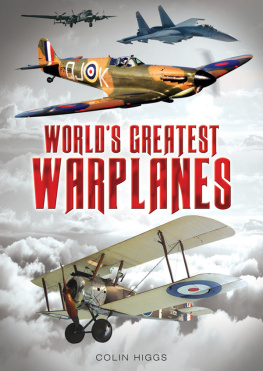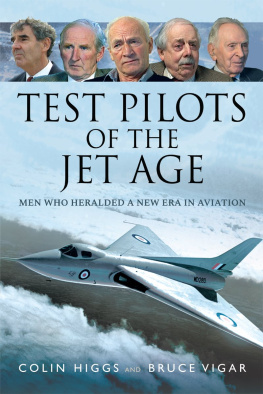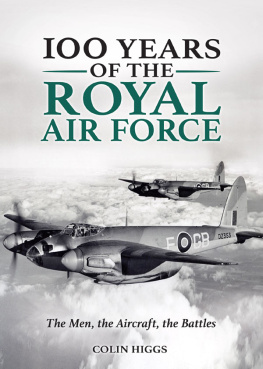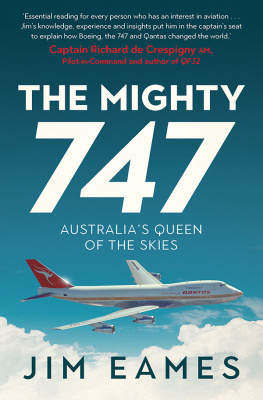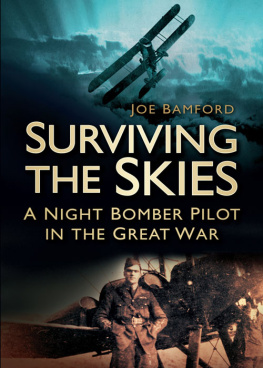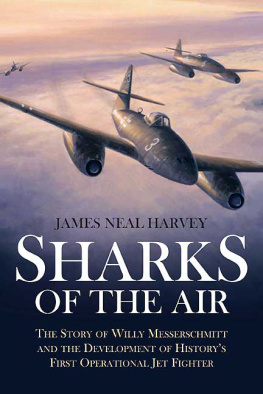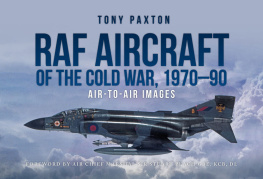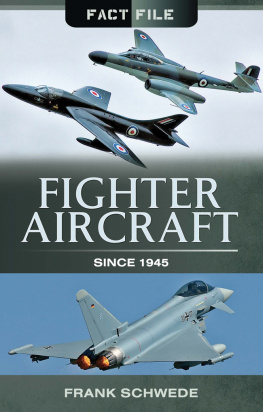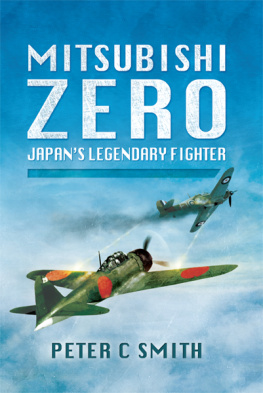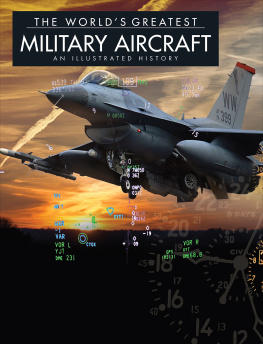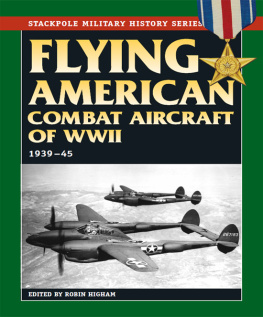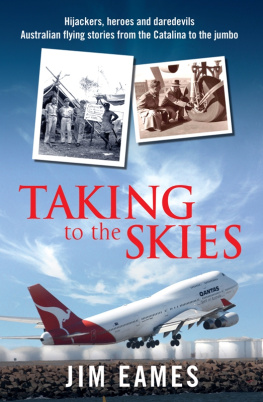Contents
Guide

Contents

US Air Force F-15E Strike Eagle from 335th Fighter Squadron over North Carolina in 2010
Introduction
T hey call it the leading edge. It may be weapons or engine technology. It could be a new composite material. Light, strong and amazingly blast or bullet-proof. Its the latest, state-of-the-art technology which drives military aviation forward at a dizzying pace and has helped create the most famous and effective warplanes.

Air power in focus. F-22, F-16, T-38 and F-35 on the line at Tyndall AFB, Florida for Exercise Checkered Flag in 2015
More than 100 years ago it was Louis Bleriot crossing the English Channel in his flimsy self-designed monoplane which made people gasp in amazement. It was probably the event more than any other that made armies and navies consider aviation as a possible threat and something they should rush to develop themselves.
Since Bleriots momentous crossing in 1909 there have been many far sighted men who have brought their names and talents to military aviation and created those leading edge moments.
R J Mitchells Spitfire and Sydney Camms Hurricane together with Henry Royces Merlin engine helped to save Britain from German invasion in 1940. Clarence Kelly Johnson and his team were responsible for the P-38 Lightning, one of the greatest fighters of the Second World War. Geoffrey de Havillands Mosquito and Roy Chadwicks Lancaster took the fight back to Germany along with the Boeing B-17 designed by E. Gifford Emery and Edward Curtis Wells. They were up against the talents of Kurt Tank at Focke Wulf, Willy Messerschmitt and Ernst Heinkel.

US Air Force F-15C Eagles fly with Turkish F-16C Fighting Falcons on exercise in 2015

The Battle of Britain Memorial Flight. Britains Spitfire, Lancaster and Hurricane

F-22 Raptor, F-117A Nighthawk, F-4 Phantom and F-15 Eagle. Past and present of US Air Force power

The future. US Air Force Chief of Staff, Gen. T Michael Moseley announces the name chosen for the F-35 Joint Strike Fighter - The Lightning II

A 29 Squadron Typhoon from RAF Coningsby on display in 2013
Artem Mikoyan and Mikhail Gurevichs great Mig factory and Pavel Sukhois design bureau kept the West in check for much of the Cold War, countered by Dave Lewiss team at Lockheed with the F-4 Phantom, Teddy Petters English Electric Lightning and Boeing Chief Engineer, Ed Wells and his team with the mighty B-52 Stratofortress.
These innovative and visionary designers and engineers could not have done it all without the great test pilots, aerodynamicists and all the other experts who contributed to their aircraft.
However it is an impossible task to select which should be considered as the Worlds Greatest Warplanes.
Air forces across the globe could not operate without their transports and tankers. Pilots cant be pilots without their trainers. They would be blind without maritime surveillance, early warning systems and communication aircraft.
For example, Lockheeds ubiquitous C-130 is now more than 60 years old and more than 2,500 have been built but still it is the chosen transport for more than 70 countries. There are more than 60 variants for almost every task imaginable and it is flown by almost 100 squadrons of the US Air Force, Navy, Marine Corps, Coast Guard and Air National Guard.
Boeings 707 airliner has been out of service for many years but the military KC-135 tanker variant has been refuelling US and allied aircraft since the late 1960s and it is proposed that they will continue for many years.
And as for training, aircraft such as the Avro 504, Curtiss Jenny, North American Harvard, Percival Jet Provost, BAe Systems Hawk, T-38 Talon, and perhaps the most famous of them all, the de Havilland Tiger Moth, have trained hundreds of thousands of pilots all round the world.
Sadly there is no space in this book for any of these great aircraft but they deserve to be mentioned. And as for current aircraft such as the F-22 Raptor, Eurofighter Typhoon and Saab Gripen, together with the future F-35 Lightning II, perhaps they need some historical hindsight before taking their places in a list of the greatest.

Operation Desert Storm. Fighting Falcon, Eagle and Strike Eagle fly over burning oilfields during the Gulf War

A Belgian Lockheed C-130J taxies out for a Red Flag mission in 2011
CHAPTER 1
Fokker EI-III Eindecker
T he air services of the opposing powers consisted of a motley collection of different aircraft at the outbreak of war in August 1914. The thought of true aerial combat was a long way from the minds of army commanders and any aviation considerations were purely for observation and reconnaissance. If two enemies happened to meet in the air then a few wayward potshots with a pistol or rifle would show that it was virtually impossible to actually shoot down the enemy.
There were, however, experiments with machine guns on all sides but the problem was that the propellor would get in the way of any forward-firing gun mounted for the pilot to shoot. The British approach was to mount guns on the upper wing of a biplane making aiming almost impossible. Otherwise it was a two-seater aircraft with the gunner in the back firing anywhere but straight forward. The French tried a forward firing gun and attached steel plates to the propellor blades in case a bullet hit. In Germany, however, Dutchman Anthony Fokkers company was developing an interrupter gear that would allow the machine gun to be synchronised with the turning propellor ensuring that bullets would never strike the blades.

Oswald Boelcke, perhaps the greatest Eindecker ace


